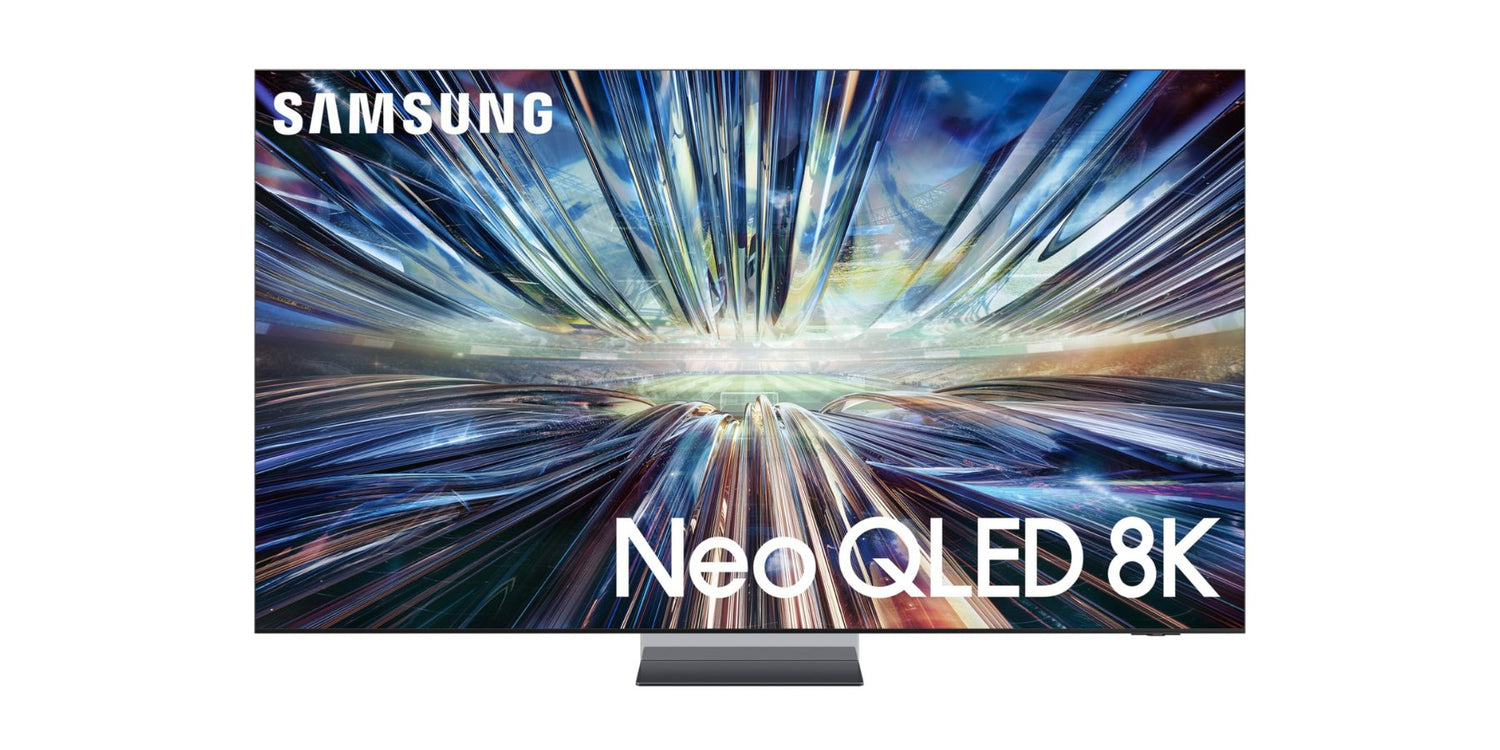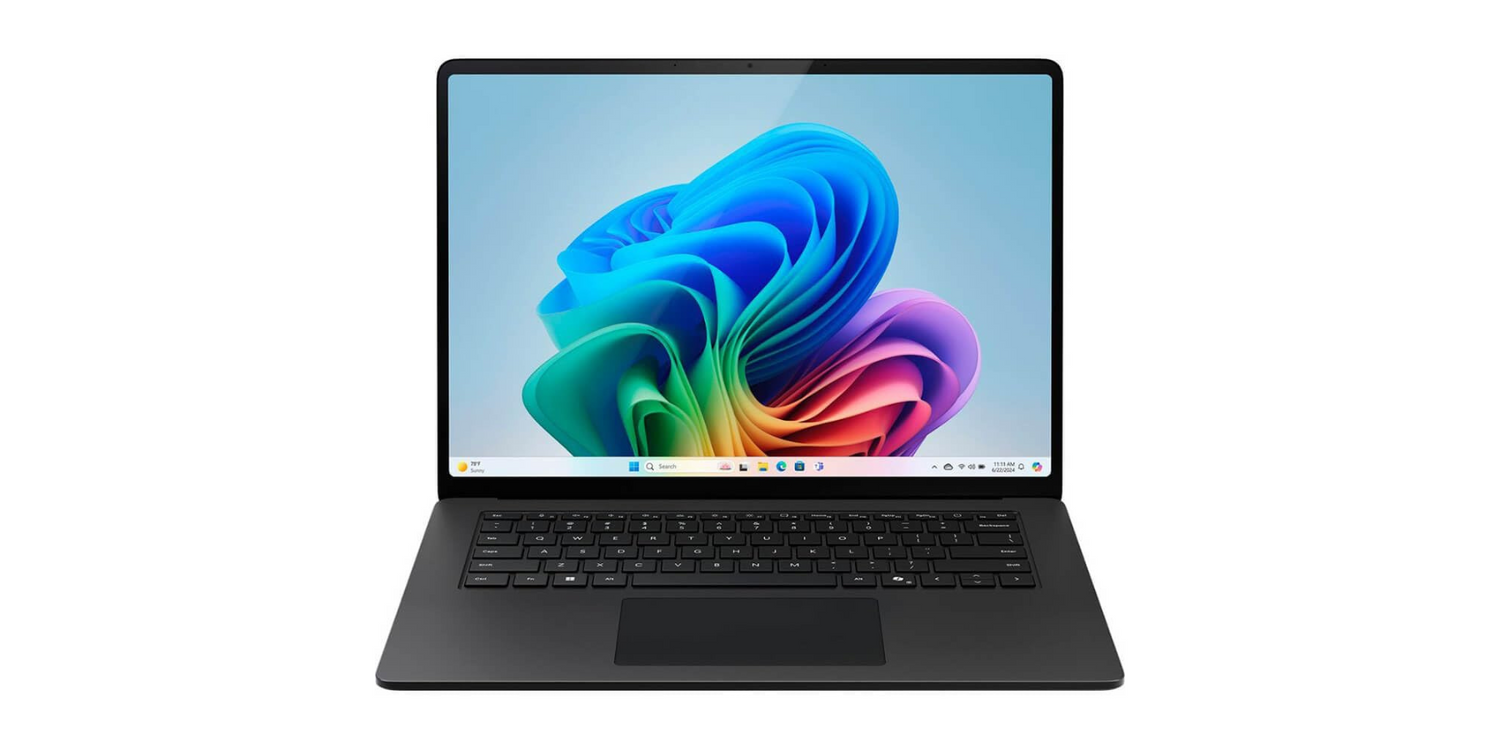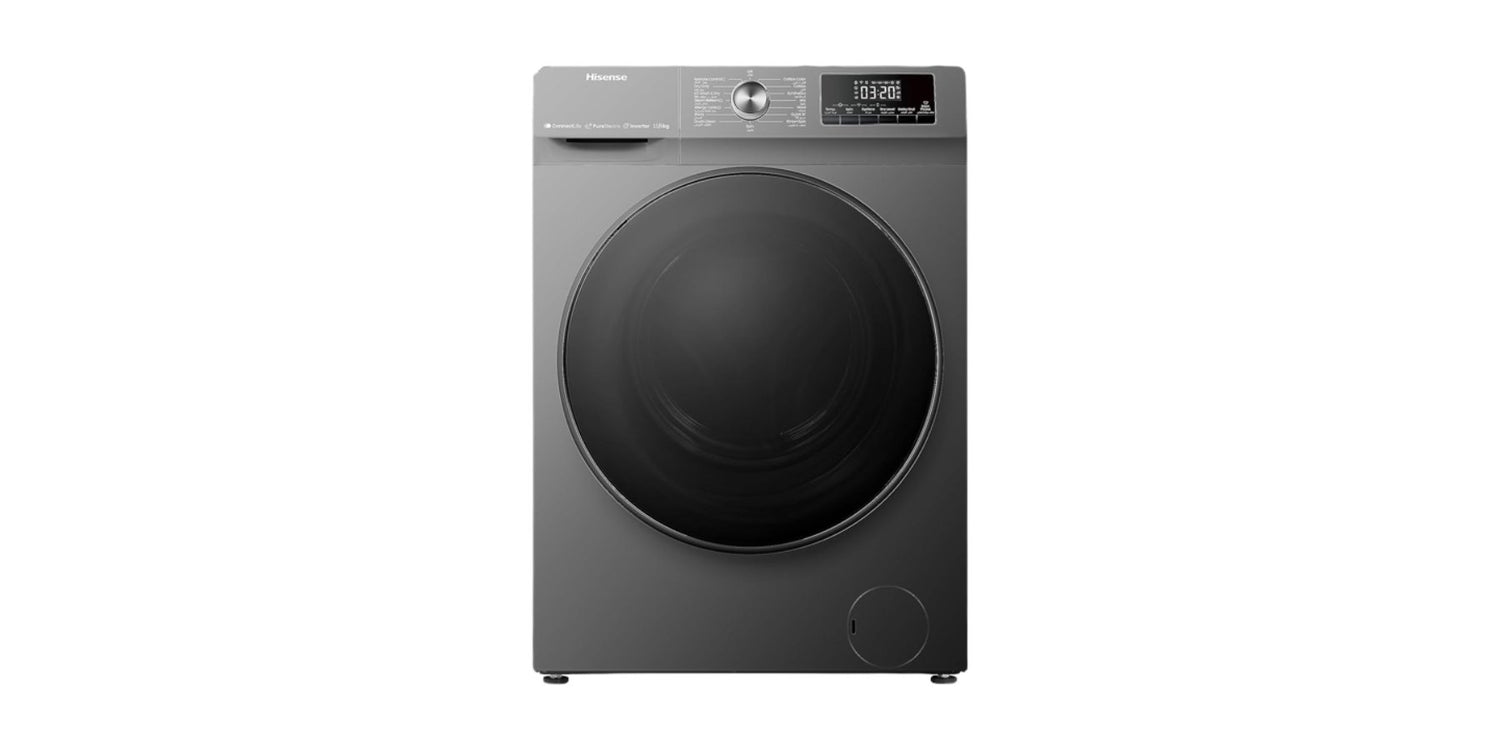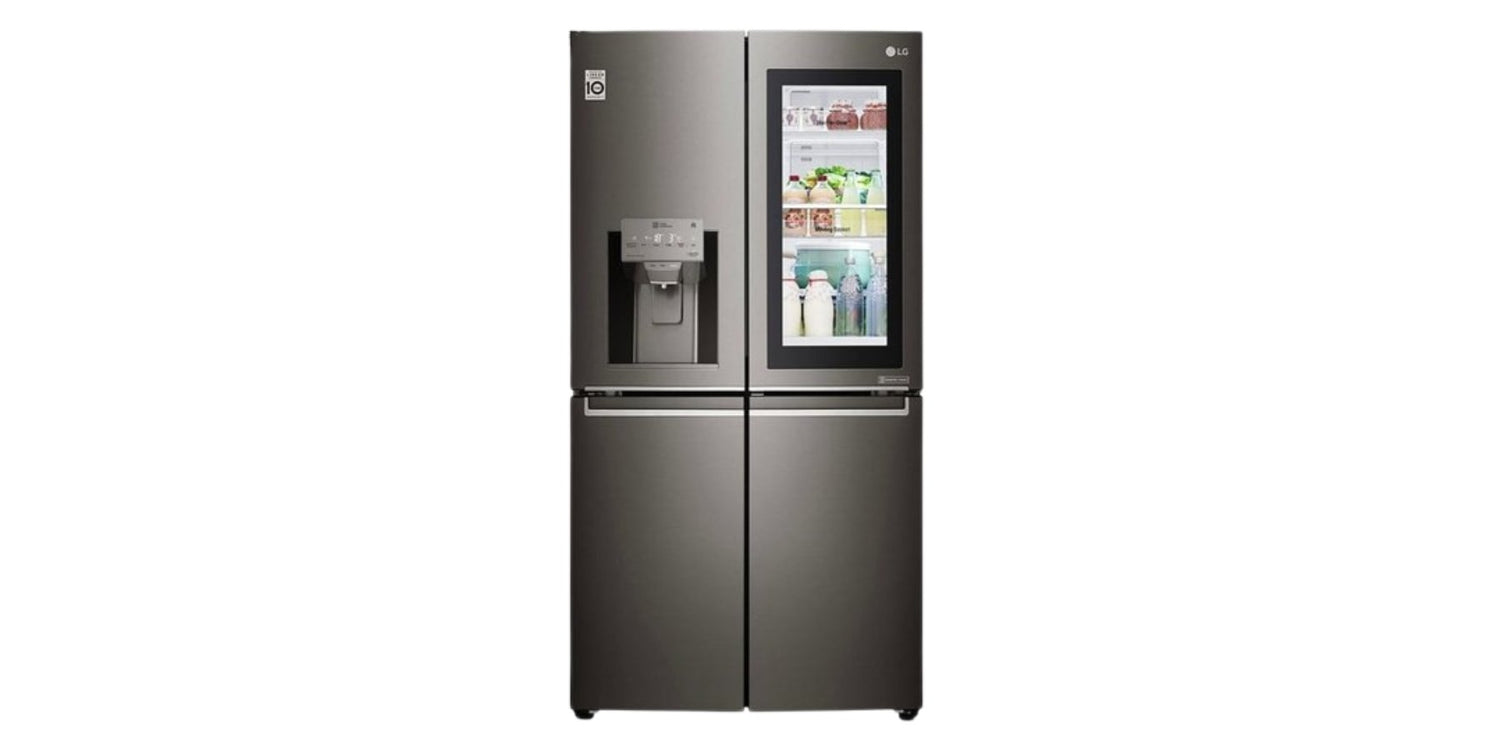Google TV and Android TV are both popular options for streaming content, but what sets them apart? Let's delve into the top 5 differences between these two platforms.
1. User Interface
Google TV offers a more curated experience, with personalized recommendations front and center. On the other hand, Android TV provides a more traditional layout, resembling a smartphone or tablet interface.
2. Content Discovery
Google TV emphasizes content discovery through its "Watchlist" feature, allowing users to easily save shows and movies for later viewing. Android TV, on the other hand, focuses more on app-based content discovery.

3. Integration with Google Assistant
Both Google TV and Android TV come equipped with Google Assistant, but the level of integration differs. Google TV offers deeper integration, allowing users to control smart home devices and ask more complex queries.
4. App Support
When it comes to app support, Android TV has a wider range of available apps compared to Google TV. This can be a crucial factor for users who rely on specific streaming services or applications.
5. Hardware Compatibility
Google TV is typically found on newer, more advanced streaming devices, while Android TV is often integrated into smart TVs and streaming boxes. This difference in hardware compatibility can impact the overall user experience.
In conclusion, while Google TV and Android TV share similarities, such as their foundation on the Android operating system, there are key distinctions that set them apart. Understanding these differences can help users make an informed decision when choosing a streaming platform that best suits their needs.







